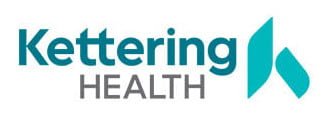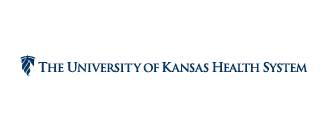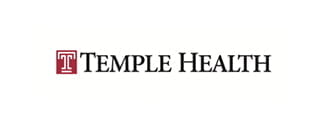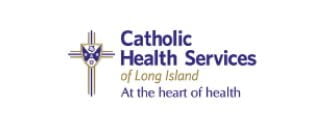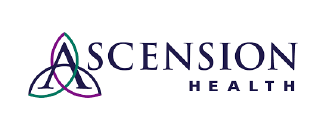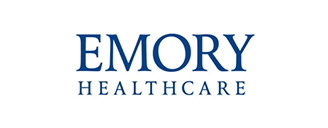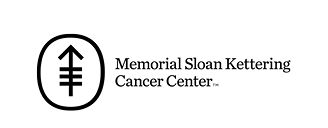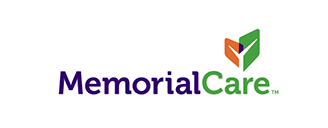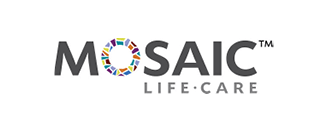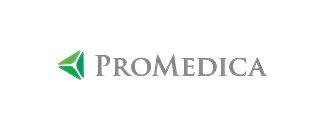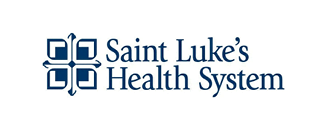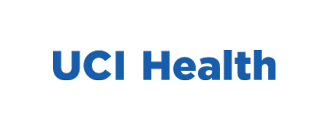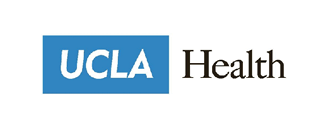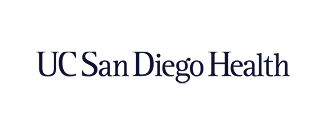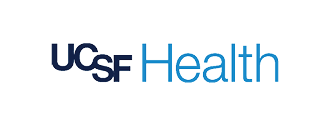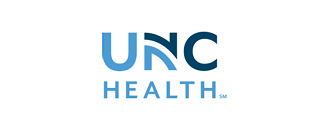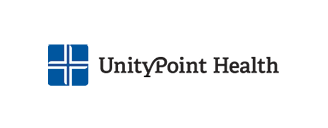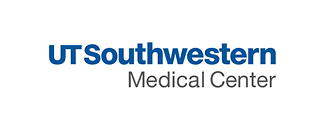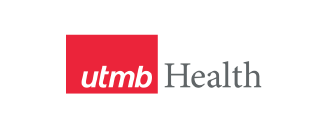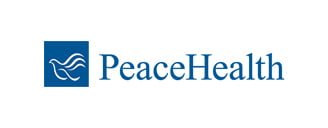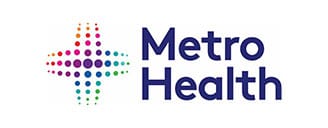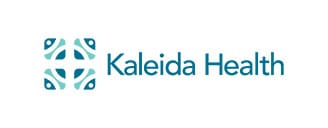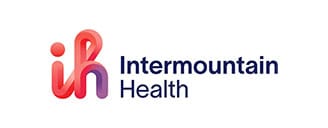Making Supply Chains a Strength in Healthcare
Supply chains are a growing focus for just about every industry, but especially in healthcare. In fact, many organizations are actively seeking innovative approaches to restructuring their healthcare supply chain strategy.
With the lingering effects of the COVID-19 pandemic, staff shortages, international trade instability, and cost inflation, complexities in healthcare supply chains are being thrust into the spotlight.
More than nine out of 10 health hospitals and health systems are experiencing supply chain disruptions of some type, according to a recent survey by KaufmanHall, and seven in 10 are experiencing distribution delays. In a separate survey, Deloitte found that 57% of healthcare professionals witnessed a physician not having the product required for a patient’s procedure.
The stakes are high and, given their critical role in society, healthcare organizations have no choice but to navigate supply chain challenges as best as possible.
Here’s how the healthcare industry can adopt proactive measures to turn supply chains from a weakness into a strength:
Heighten Focus
If the supply chain is not a priority within the organization, then it will not perform as needed to support other functions.
The most proactive organizations set a high organizational commitment and view supply chain resilience as a foundational competitive advantage.
To fully harness supply chains, health systems and hospitals can elevate supply chain leaders into positions of influence within the organization. For example, chief financial officers should collaborate closely with supply chain leaders. The supply chain is critical to all other functions—especially in healthcare—and acknowledging that is a positive first step to affecting change.
Embrace Technology
Lean into technology by embracing digital and cloud-based solutions.
Technology allows hospitals and health systems to more effectively manage freight while also receiving visibility into the supply chain and the analytics needed to make sense of the data.
Pairing technology with other changes helps strengthen the adaptability and resiliency of the healthcare supply chain and overall efficiency.
Enhance Visibility
It’s often said that you can’t control what you can’t measure, and that is true of supply chain insights.
Never before have supply chain leaders had access to so many data points to shape decision-making. Health systems can leverage supply chain visibility into the status of shipments, real-time inventory, and utilization data to monitor movements from supplier to point of patient care.
By establishing a standard set of data, faster decisions can be made with more predictive capabilities. The traditional linear supply chain is morphing into more responsive digital supply networks.
Clear, actionable data helps prevent or respond to a range of problems and unforeseen events including disruptive weather, supplier back orders, delays in shipping, and longer lead times.
Promote Communication
Building a proactive supply chain disruption communication plan positions an organization to work more effectively with all stakeholders. Collaborate by reaching out to suppliers, identifying substitutes, and creating a data-driven collaborative planning and execution model.
Working closely with supply chain vendors is key to understanding and managing disruptions, then mitigating their impact. Emerging tools like real-time tracking support clear and consistent communication.
Plan Redundancies
The COVID-19 pandemic trained the healthcare industry to be prepared for supply chain interruptions.
Built-in redundancies and backup plans are critical to preparing for the next disruption, whether it is a pandemic, jammed shipping route, or labor dispute.
The ongoing threat of a UPS Teamsters strike underscores the advantages of being carrier-neutral. Working with not just UPS but also FedEx, USPS, and DHL helps mitigate the risk that critical supplies will be delayed and provides pricing power.
When the product is healthcare supplies or medications, disruptions to the supply chain are a more significant problem.
It may be a difficult operating environment, but strategic actions can be taken to mitigate negative effects and even turn the supply chain from a liability into an asset.
Healthcare leaders should heighten their focus on the supply chain, embrace technology, enhance visibility, promote communication, and plan redundancies to build a more resilient supply chain.
With deeper insights into the challenges facing supply chain professionals, the healthcare industry will make more informed decisions and more targeted investments in people, processes, and technology.
These actions ultimately support healthcare’s most important stakeholder: patients.
The stakes are high in healthcare, and reliable supply chains enhance every aspect of an organization, leading to the most effective operations and supporting patient health and safety.
Learn how to enhance your healthcare supply chain strategy with VPL’s Smart Supply Chain Software.
